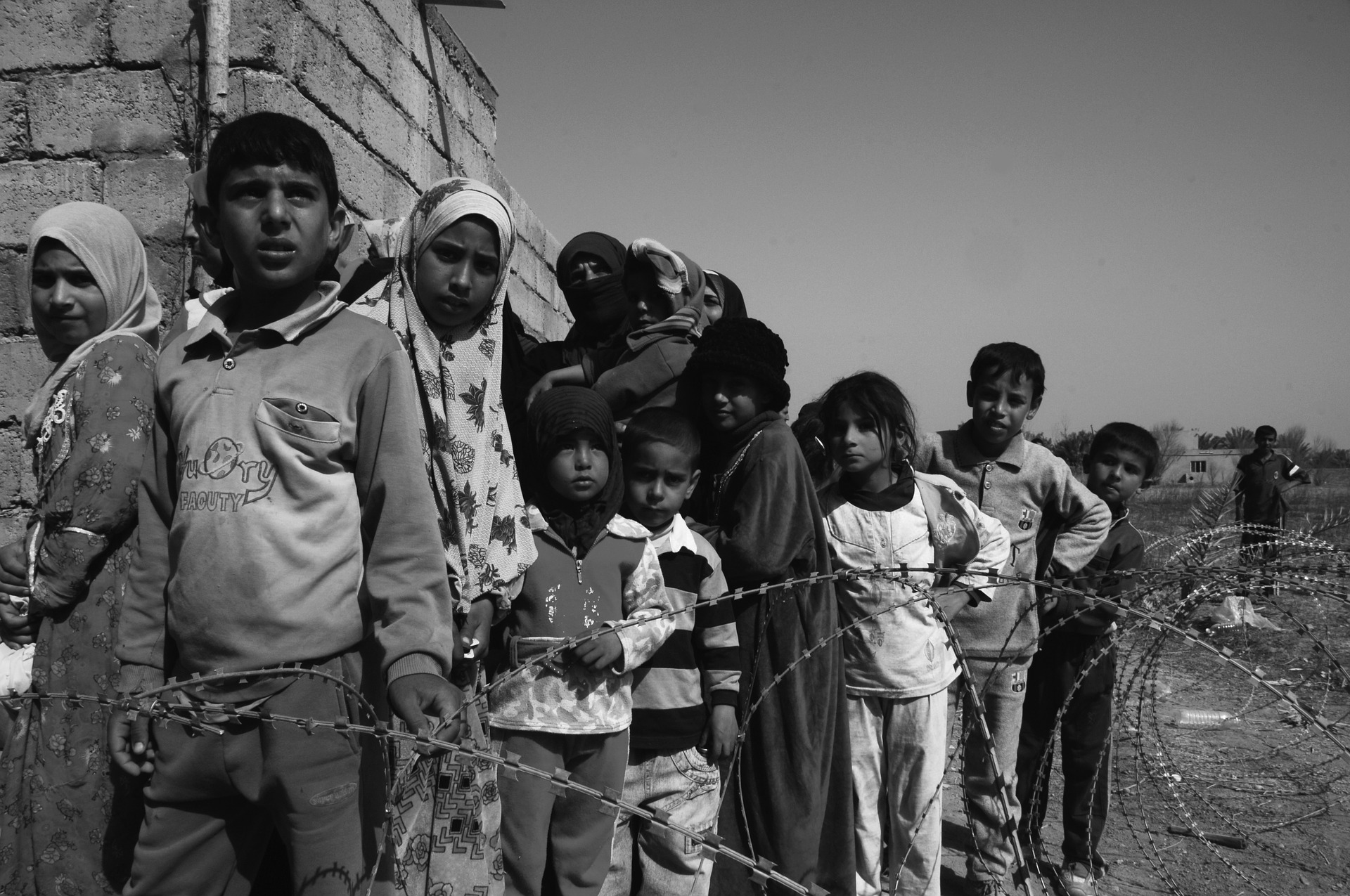Case study: PTSD in children
 The following is a sample Paper 3 that looks at a case study. Below you will first find the stimulus piece, followed by the static questions. A copy of the mock paper is included to give students as an in-class assessment.
The following is a sample Paper 3 that looks at a case study. Below you will first find the stimulus piece, followed by the static questions. A copy of the mock paper is included to give students as an in-class assessment.
Potential answers are included in the hidden boxes below.
Stimulus piece
Macksoud & Aber (1996) carried out a case study on children in a Lebanese neighbourhood following the end of the Lebanese civil war. The researchers wanted to see how different types of trauma experienced during the war affects the development of children.
A sample of 224 Lebanese children (10–16 years old) was interviewed. The sample was drawn from three communities that had witnessed high levels of violence during the war. To obtain participants, an ad was put into the local newspaper. The ad promised that all participants would have a psychological examination and receive treatment advice. The interviews used standardized questions to measure the children’s level of war exposure, mental health symptoms and Post-Traumatic Stress Disorder (PTSD). In addition, parents were interviewed to employ data triangulation. In addition, the researchers observed the children in different social situations including interactions at school, on the playground, and at home with their families.
The number and type of the children's war traumas varied with their age, gender, father's occupational status and mother's educational level.
Results indicated that on average a Lebanese child had experienced five to six different types of war related traumatic events during his or her lifetime, and some events were experienced several times. Exposure to shelling or combat, displacement, extreme poverty and witnessing violent acts were the most common traumatic experiences faced by the children. As predicted, the number of war traumas experienced by a child was positively related to PTSD symptoms. In addition, the type of trauma may also affect their problem-solving skills, ability to adapt, or general mental health. For example, children who lost a family member became victims of violent acts, witnessed violent acts, and/or were exposed to shelling or combat exhibited more PTSD symptoms. Children who were separated from parents reported more depressive symptoms. Children who were displaced from their homes demonstrated more concern for their futures. Lastly, children who were separated from parents and who witnessed violent acts, in fact, showed more pro-social behavior.
Questions
1a. Identify the method used and outline two characteristics of the method.
A case study is an in-depth study of an individual or a group. Case studies often rely on several different methods (method triangulation) - interviews, observations, surveys, etc. A case study also often makes use of school records, reports from friends and family, or archival information like diaries. (data triangulation). Case studies also look at an individual or group more holistically, looking at a range of variables, rather than a single variable. It would be appropriate for this study because the researchers are looking to describe the wide range of behaviour exhibited by the children and determine if there are any trends. It is also appropriate because it does not rely solely on the self-reported data of the children, but includes observations and information from families and schools. Although case studies often look at an individual or group over a long period of time (longitudinally), that was not the case in this study.
1b. Describe the sampling method used in the study.
1c. Suggest an alternative or additional research method giving one reason for your choice.
2. Describe the ethical considerations that were applied in the study and explain if further ethical considerations could be applied.
3. Discuss how the researcher may avoid bias in this study.
The researchers could practice reflexivity. Reflexivity involves the researcher documenting his or her beliefs, attitudes, values, theoretical position and reactions to the study and assessing the likely impact of these on the collection and analysis of data. It is particularly important here because of the political nature of the study. The researcher should identify if s/he is Lebanese, had children affected by the conflict, or is politically active on one of the sides of the conflict. It is important that the researcher discloses this information as well as reflects on how this may have played a role in his/her interpretation of the data. It is possible that a researcher who is heavily invested in the conflict may not be objective and may experience researcher bias - for example, seeing symptoms of PTSD where none is to be found.
The sample is problematic and may be a result of researcher bias. Having chosen these communities based on their "level of conflict during the war" could be subjective. Also, promising treatment may also bias the sample. These choices by the researcher may have resulted in more extreme cases being chosen for the study. Choosing a more objective sampling method may have lowered the chance of bias.
Another way to avoid bias is to use researcher triangulation. This is when there are several researchers that carry out the study individually and then the data is compared. In this case, several researchers could carry out the observations of then compare their notes to see if their observations are similar. The tests could also be given blindly so that the researcher does not know which child's test is being scored. In this way, they are not "reading into" responses based on their experience with the child. Finally, the researcher could share their interpretations with the parents to see if they feel that they fairly represent their child's behaviour. By trying to establish the credibility of their findings, the researcher lowers the potential for bias.

 IB Docs (2) Team
IB Docs (2) Team
